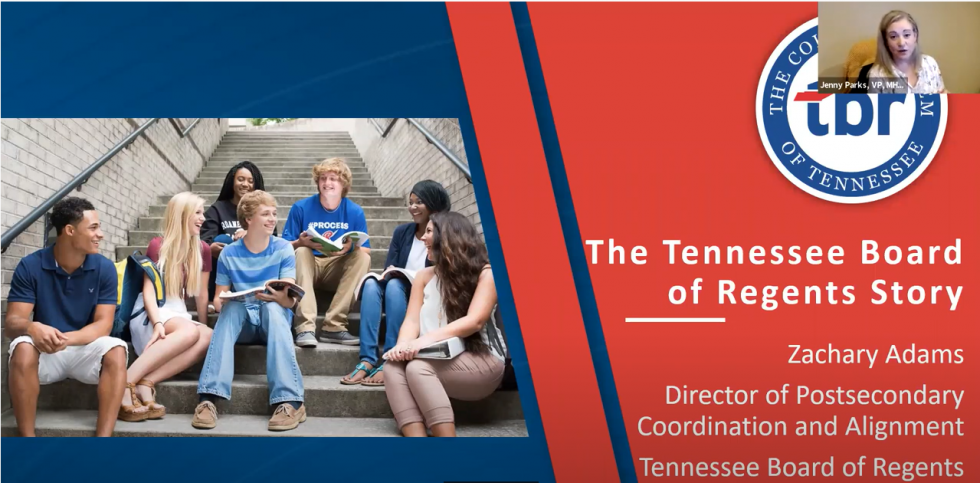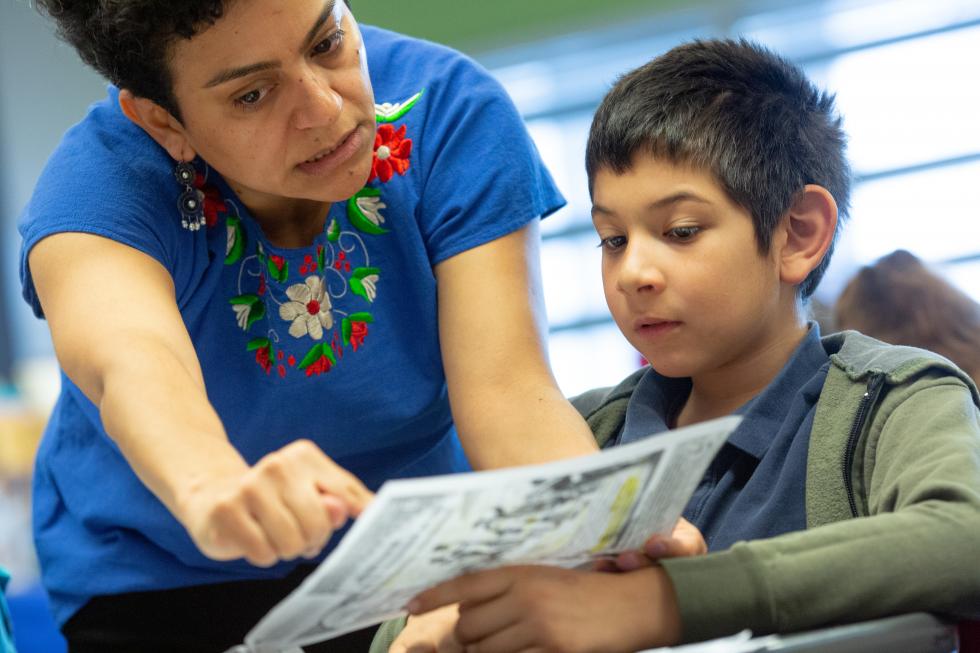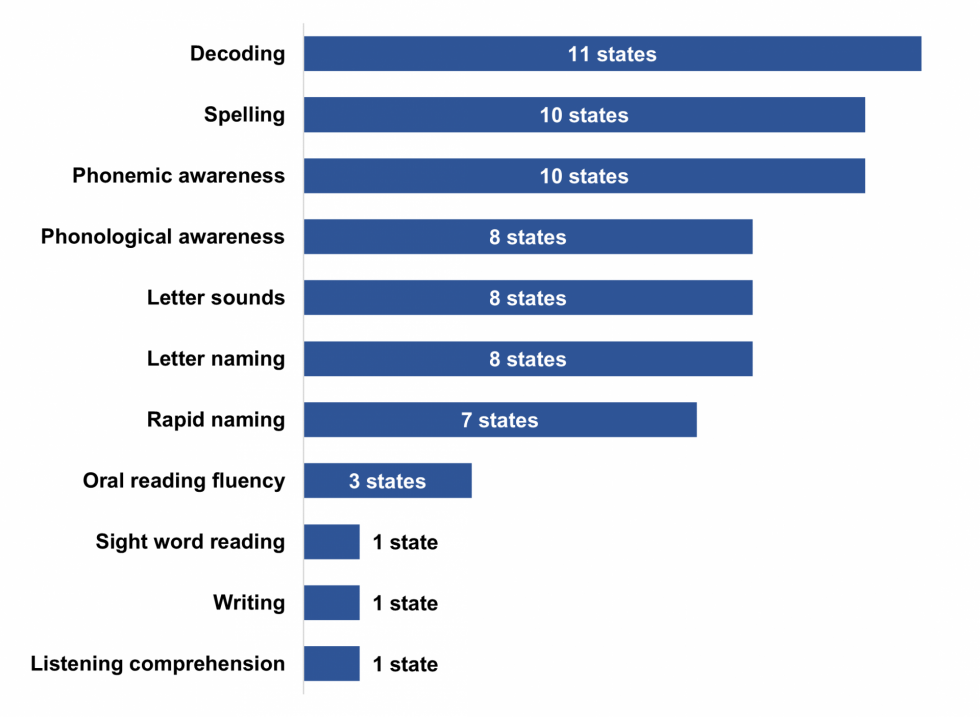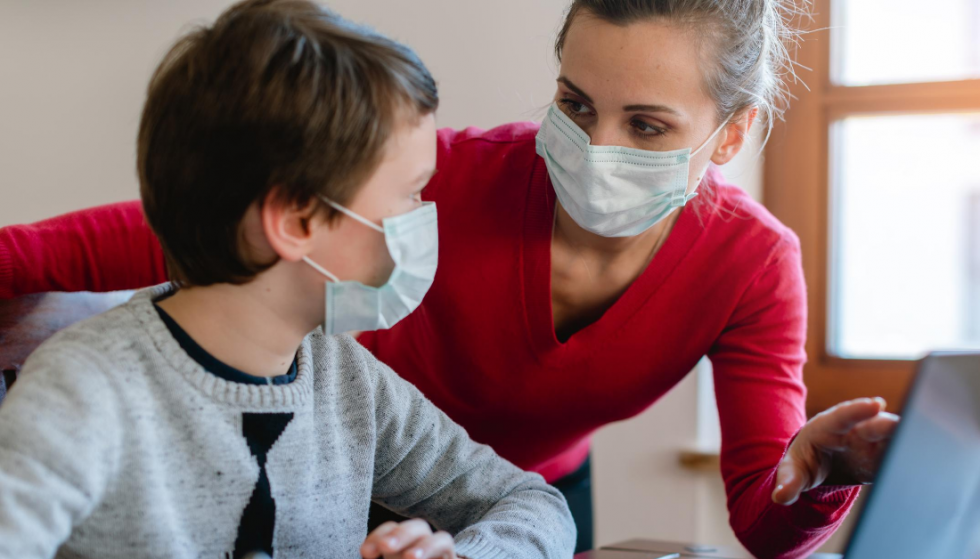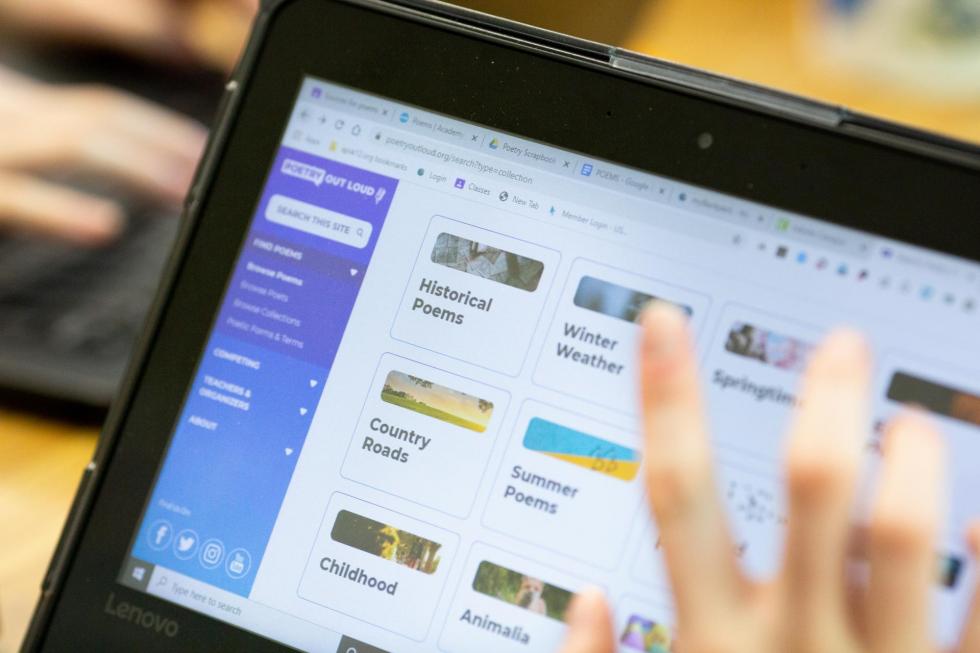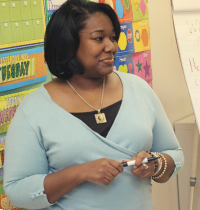Blog Main
HOW OPEN EDUCATIONAL RESOURCES CAN HELP MORE STUDENTS TAKE DUAL ENROLLMENT
Expensive textbooks and other classroom materials can keep students from taking dual enrollment courses if those costs aren’t covered.
The result: A lack of opportunity for many students to get a head start on college.
States, colleges and universities are making headway on this challenge. Some of the pacesetters shared their insights in a webinar led by SREB and the Midwestern Higher Education Compact in October 2021.
Why Open Educational Resources matter in the future of education
A Q&A with SREB’s Charlotte Dailey
Charlotte Dailey joined SREB in 2021 to lead our work on open educational resources. We spoke with Charlotte about why OER matter and why she works in this field.
For those who don’t know, what are open educational resources and why do they matter to the future of education?
Open educational resources are materials that can be accessed freely. They are openly licensed and available to be reused, remixed, revised, retained or redistributed. Materials that are truly OER have few to no restrictions for use in learning.
How States Can Elevate the Teaching Profession
Restoring respect and value
Good schools depend on excellent teachers, in every classroom. SREB is helping states examine and redesign state policies to elevate the profession and end teacher shortages.
I want my daughter to have the best teachers every school year. What parent doesn’t? Yet in too many schools, the only teachers available are uncertified or brand new, with no experience.
Impact of teacher shortages in most states far-reaching
 When students don’t have good
teachers, it can affect their cognitive growth — and over time
can result in measurable economic loss.
When students don’t have good
teachers, it can affect their cognitive growth — and over time
can result in measurable economic loss.
Teacher shortages, therefore, are the type of crisis that “can put an entire society at risk,” said Nicole Smith, the chief economist and research professor at the Georgetown University Center on Education and the Workforce.
Governors discuss strategies for education recovery during SREB event
Governors from three states spoke during a special SREB online event on June 16 of their commitments to improve education and prepare students for a workplace undergoing vast changes from technology and automation.
Governor John Carney of Delaware, Governor Kay Ivey of Alabama, and Governor Brian Kemp of Georgia discussed their priorities for education with SREB President Stephen Pruitt in the final event in SREB’s summer series for policymakers.
Early Pandemic Impacts Threaten the Region’s Workforce
In 2019, the Southern Regional Education Board projected that 18 million workers across the SREB region could become unemployable or stuck in low-wage jobs by 2030 if states did nothing to raise their skills to a postsecondary level.
Respect (and Pay) Our Teachers, Or Lose Them
 As state education budgets suffer during this pandemic, the teaching profession simply cannot absorb the kind of blow it took in the last recession. Teacher salaries dropped substantially then, and today, a decade later, they’re still lower on average than before the Great Recession. Morale has dropped, too, according to surveys, and turnover has risen as budgets and teacher supports decrease. We can’t afford to repeat the same mistakes in this current climate, another recession aggravated by COVID-19.
As state education budgets suffer during this pandemic, the teaching profession simply cannot absorb the kind of blow it took in the last recession. Teacher salaries dropped substantially then, and today, a decade later, they’re still lower on average than before the Great Recession. Morale has dropped, too, according to surveys, and turnover has risen as budgets and teacher supports decrease. We can’t afford to repeat the same mistakes in this current climate, another recession aggravated by COVID-19.
The Impact of Microaggressions on Health and Job Satisfaction
An occasional series from the Doctoral Scholars Program on postsecondary topics
 The multiple pandemics of 2020 have systematically forced us to engage in critical conversations around race, injustice and the pervasive nature of inequalities across all sectors of society. As these dialogues have unfolded, several organizations have stepped forward with statements decrying racism and social injustice on their websites and social media outlets.
The multiple pandemics of 2020 have systematically forced us to engage in critical conversations around race, injustice and the pervasive nature of inequalities across all sectors of society. As these dialogues have unfolded, several organizations have stepped forward with statements decrying racism and social injustice on their websites and social media outlets.
Screening for Dyslexia
What it Does and Doesn’t Do
It would be wonderful if it were possible to perform a quick, simple screening for every child and identify those who have dyslexia. But screening for characteristics of dyslexia is not the same thing as diagnosing it, and identifying children who may have dyslexia is not as simple as screening them for reading skills.
Pedagogical Strategies for Inclusive and Trauma-Informed Teaching
An occasional series from the Doctoral Scholars Program on postsecondary topics.
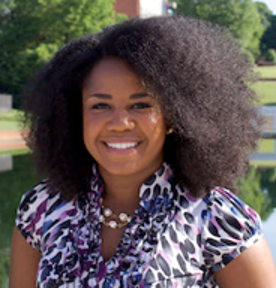 As educators continue in the 2020-2021 year during a time of racial unrest, a national presidential election, and the continuing COVID-19 pandemic, many are wondering how to adapt their teaching practices in response. The current climate has been traumatic for those who are navigating loss, grief, and profound changes of all sorts. As educators we must respond to this in inclusive ways that support students’ well-being.
As educators continue in the 2020-2021 year during a time of racial unrest, a national presidential election, and the continuing COVID-19 pandemic, many are wondering how to adapt their teaching practices in response. The current climate has been traumatic for those who are navigating loss, grief, and profound changes of all sorts. As educators we must respond to this in inclusive ways that support students’ well-being.
Self-Care and Your Success in Graduate School
An occasional series from the Doctoral Scholars Program on postsecondary topics.
 How do you honor your mind, body and spirit? Do you even think it’s important?
How do you honor your mind, body and spirit? Do you even think it’s important?
From 2007-2014 I was a full-time doctoral student in social work at the University of Alabama. The program involved writing an annotated bibliography, writing and defending an integrative paper, taking comprehensive exams, and writing and defending a dissertation. My life was consumed with this and travel between my home state of Mississippi and my surrogate city and state, Tuscaloosa, Alabama. I made little time for self-care. I would leave Tuscaloosa on a Friday and return either Sunday evening or leave at 5:30 a.m. on Monday morning. I missed my family, friends, and the comforts of my Mississippi Delta home life. My home was my outlet.
COVID-19 Effects on the Teacher Workforce
In April, my mom called me with the news that my high school chemistry teacher, Mr. Metcalfe, who was rounding out his 42nd year of teaching, had died from COVID-19. I knew him from class, of course, but I also went to school with his son for 13 years and his family attended my grandparent’s church.
He was respected, loved and honored for his excellent teaching. His funeral was an all-day parade of cars through the high school parking lot, where community members waved and shouted condolences to his family. My mom said the cars stretched down the street for miles.
Strategies for states to help workers recover, thrive when COVID-19 subsides
 Economic setbacks from COVID-19 might be just the
beginning if states don’t prepare more of the South’s (and
nation’s) people for the workforce changes yet to come.
Economic setbacks from COVID-19 might be just the
beginning if states don’t prepare more of the South’s (and
nation’s) people for the workforce changes yet to come.
“How can states use education and workforce dollars to turn things around?” SREB President Stephen Pruitt asked during the first of six weekly SREB webinars on how states can help their workforces recover from the impact of COVID-19.
New digital tools proving valuable for teachers, students in long run
As a former teacher and principal in New Mexico who now works with educators across the country for SREB, I shared many educators’ concerns when the pandemic forced most schools online.
As the new school year starts, however, I’m discovering that some of the digital tools we’ve learned to use while teaching online can provide new ways for teachers to support students’ academic growth.
How States Can Reduce College Debt for Future Teachers
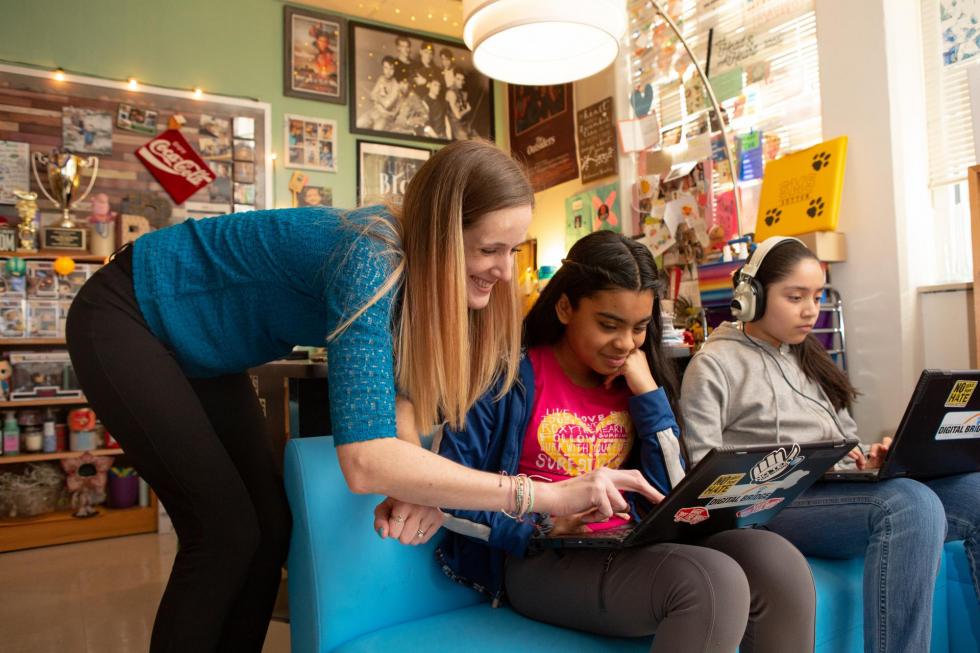 A major issue for my generation, the millennials, and for Gen Z as well is deep, suffocating student debt. For those who want to enter teaching, a career that is not compensated handsomely, this debt can be even more daunting.
A major issue for my generation, the millennials, and for Gen Z as well is deep, suffocating student debt. For those who want to enter teaching, a career that is not compensated handsomely, this debt can be even more daunting.
Many teacher candidates work full- or part-time jobs in addition to attending classes. When they enter their student teaching period, whether for a semester or a year, these candidates are expected to give over their time fully to student teaching, which makes working nearly impossible.
How Some Oklahomans Want to Retain Beginning Teachers
Many states have a critical issue with retaining early-career teachers, no matter their preparation pathway. Oklahoma has one of the more severe teacher shortages, with 57% of new teachers leaving the profession by their fifth year, compared to 44% nationwide.
One of the top reasons early career teachers leave is lack of support. Better early career support would help solve the costly problem of having to prepare and hire a new teacher each time another leaves the profession.
Addressing Inequity in the Era of COVID-19 and Beyond
 Given the diverse array of urban,
rural and suburban schools and technology centers SREB serves,
you might assume that students’ school and classroom experiences
would vary more based upon where they live — for example, a
student in urban Atlanta compared to a student in rural South
Carolina — rather than the classroom or school in which they are
enrolled.
Given the diverse array of urban,
rural and suburban schools and technology centers SREB serves,
you might assume that students’ school and classroom experiences
would vary more based upon where they live — for example, a
student in urban Atlanta compared to a student in rural South
Carolina — rather than the classroom or school in which they are
enrolled.
We found that this is not always the case.
Consider a Virtual+ Approach to Blended Instruction
Since early April, I’ve participated in SREB’s K-12 Education Recovery Task Force, a coalition of state, district and school leaders and educators committed to safely reopening schools. You’ll find our work and related tools, templates and resources in SREB’s K-12 Playbook in Progress.
‘Borrowing While Black’: A College Debt Crisis for Today’s Students
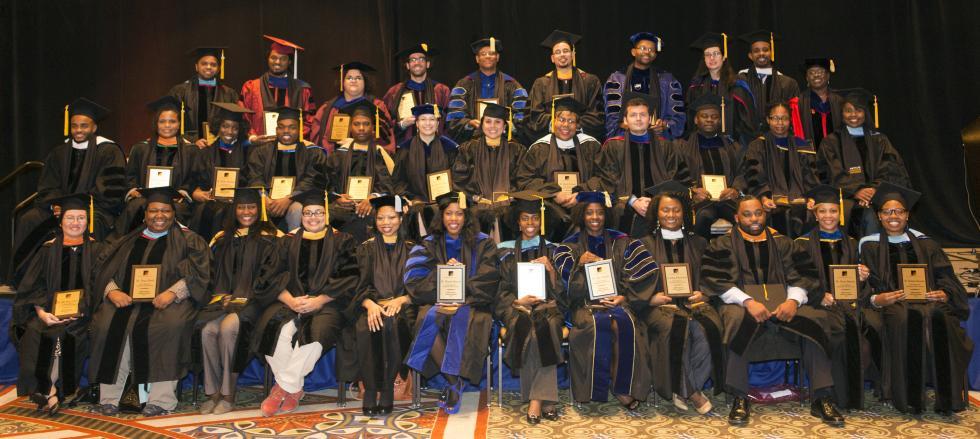 Most SREB states need more students to complete various levels of college to meet expected workforce needs — but student debt may get in the way of states’ progress.
Most SREB states need more students to complete various levels of college to meet expected workforce needs — but student debt may get in the way of states’ progress.
Only about 29% of Black working-age adults in SREB states had at least a two-year college degree in 2017. Meantime, many Black students and others find it increasingly difficult to pay for college.
And that was true even before COVID-19 took hold.
Promoting Student Collaboration in the Age of COVID-19
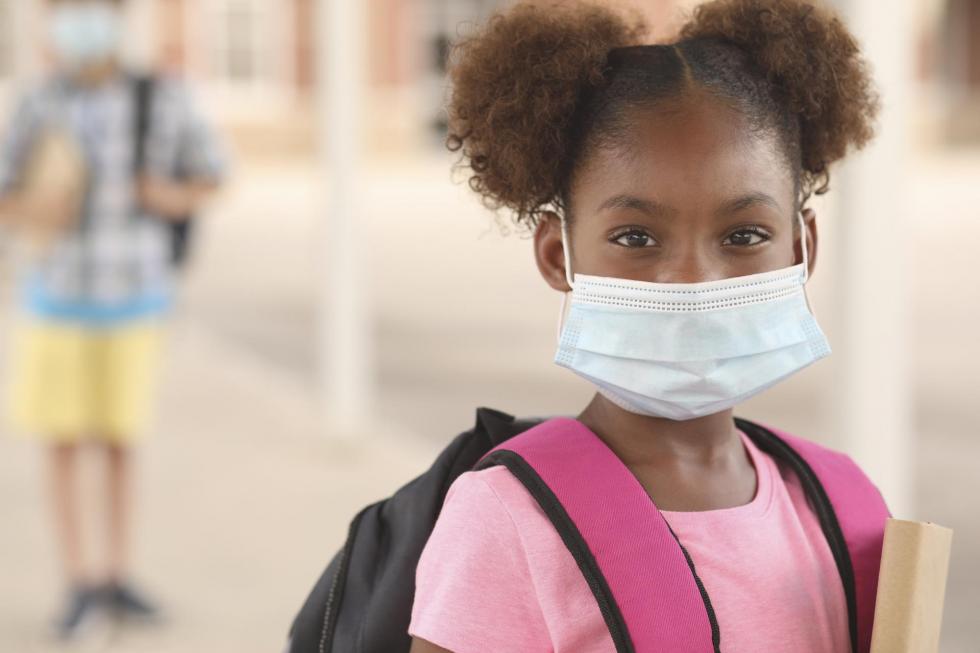 As schools and districts prepare for
the new year, student and staff safety is top of mind. Many are
buying extra cleaning supplies and developing protocols for
social distancing, wearing masks and proper hygiene.
As schools and districts prepare for
the new year, student and staff safety is top of mind. Many are
buying extra cleaning supplies and developing protocols for
social distancing, wearing masks and proper hygiene.
At SREB, we hear daily from teachers and leaders in search of strategies for delivering quality instruction while meeting safety guidelines. They ask:
“How do we reconnect with “lost” students who lacked access to online learning this spring?”
“Will social distancing require teachers to lecture to students sitting in rows?”


